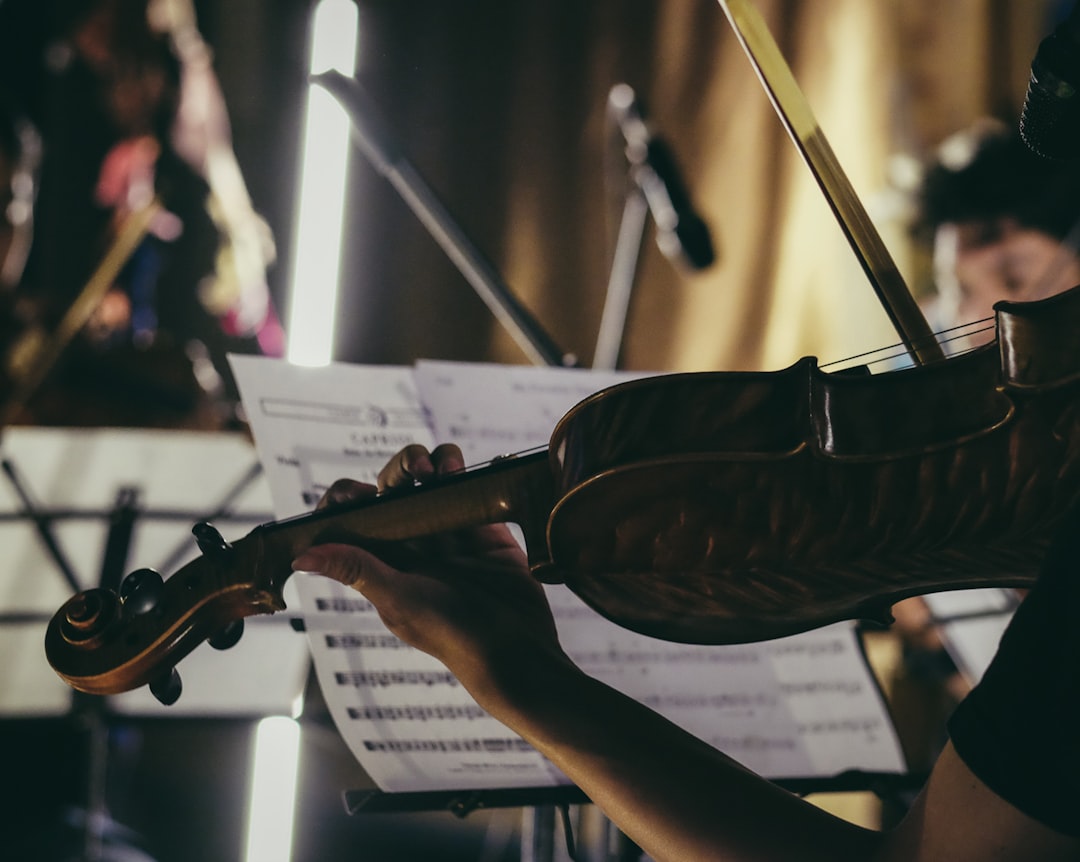What is it about?
This essay is about a ballet by John Cranko which made a huge impression on me when I saw it in the 1960s at the Royal Opera House but which has since disappeared from the ballet stage. I write about Cranko's interest in literature and how he drew on the French playwright Jean Racine for his version of the Antigone myth. There are descriptions of key moments from the ballet and a consideration of Svetlana Beriosova for whom the ballet was originally created.
Featured Image
Why is it important?
The essay brings to life a ballet that was drmatically powerful and quite modernistic for its time and sheds light on Cranko as a scholar as well as a major creative talent.
Perspectives
I had always wanted to write about this lost ballet and when I located an old black and white rehearsal film at the British Film Library, this became possible. The film does not have a sound track so I had to rely on published sources that describe and analyse the score by Theodorakis. Although many of `cranko's works have been notated, Antigone is represented only by the film and what is written about the ballet in articles such as the one I had published in Dance Research.
Dr henrietta lilian bannerman
Conservatoire of dance and drama
Read the Original
This page is a summary of: John Cranko's Antigone (1959): A Ballet Lost and Found, Dance Research, May 2015, Edinburgh University Press,
DOI: 10.3366/drs.2015.0120.
You can read the full text:
Contributors
The following have contributed to this page










